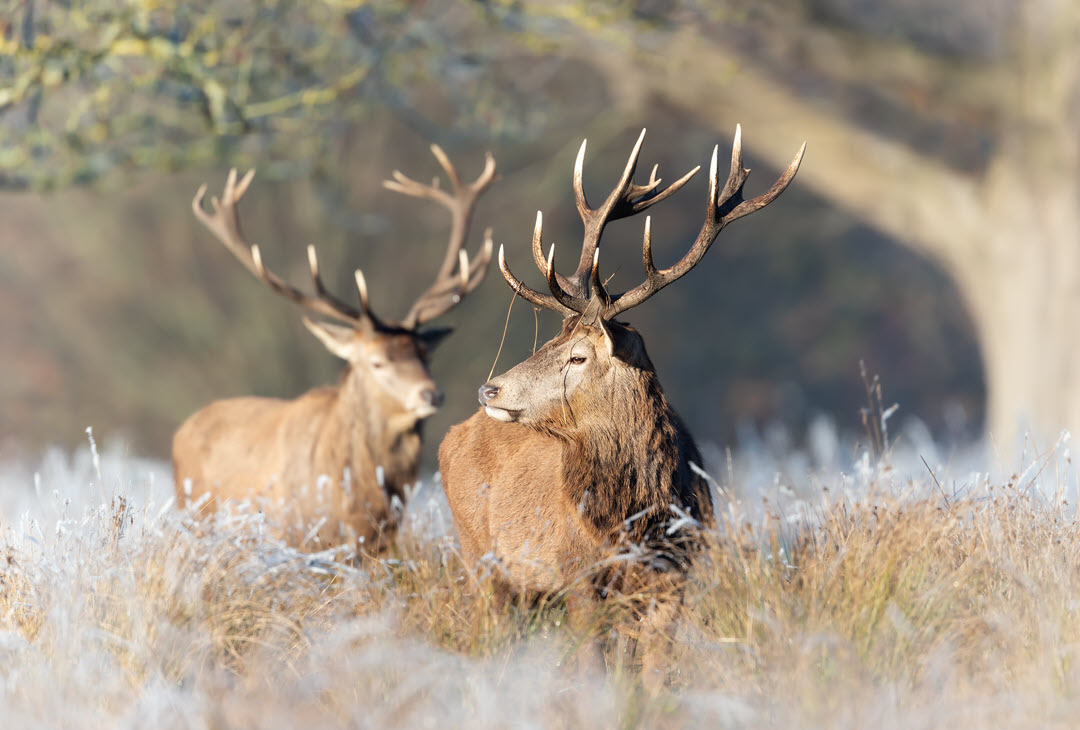OVERVIEW
BDS is supporting a number of research projects, both financially and/or practically. Details of current and recent projects are covered below.
All projects experienced varying degrees of disruption during the early part of the Covid pandemic and so the latter half of 2021 going forward has provided a welcome and much-needed opportunity to catch up with schedules.
Current and Recent Projects
The use of genomics to inform management of woodland roe deer populations in Scotland –
PhD student Christopher Hirst, The Royal (Dick) School of Veterinary Studies, The University of Edinburgh.
This Natural Environment Research Council (NERC) E4 DTP CASE PhD studentship with BDS and Forest Research as partners, progressed well.
The pandemic initially impacted the planning and collection of the required roe deer samples across Scotland, however, to minimise this, a systematic review on roe deer diet in Europe was conducted whilst preparing for fieldwork activities. The collection of samples was organised early with collaborative estates starting the collection of roe deer samples (rumen and saliva) in April 2021.
Collaborative estates for this project are for three main study areas: Cairngorms Connect (Abernethy, Glenfeshie), The Trossachs (Glen Finglas, Aberfoyle), The Scottish Borders (Glentress, Hawick).

Development of a cost-effective protocol for MHC genotyping in red deer –
Dr Sílvia Pérez-Espona, The Royal (Dick) School of Veterinary Studies, The University of Edinburgh
More flexible access to laboratories during the summer of 2021 allowed the continuation of the planned experiments. A subset of red deer samples provided by Glen Finglass enabled DNA and RNA extractions to generate transcripts of two genes, DRB and DQ.
First analyses indicated the success of amplification using sheep and goat primers for both genes but the sequencing produced high-quality results only for the DRB gene, indicating the need for primer design specific for red deer for the DQ gene. The sequences obtained for the DRB gene although of very high quality indicated the presence of more than two alleles individuals, indicating duplication of this gene in the red deer genome.
After a significant delay with consumables deliveries for cloning of PCR products, this was finally initiated and clones were sent for sequencing in preparation for the next stage.
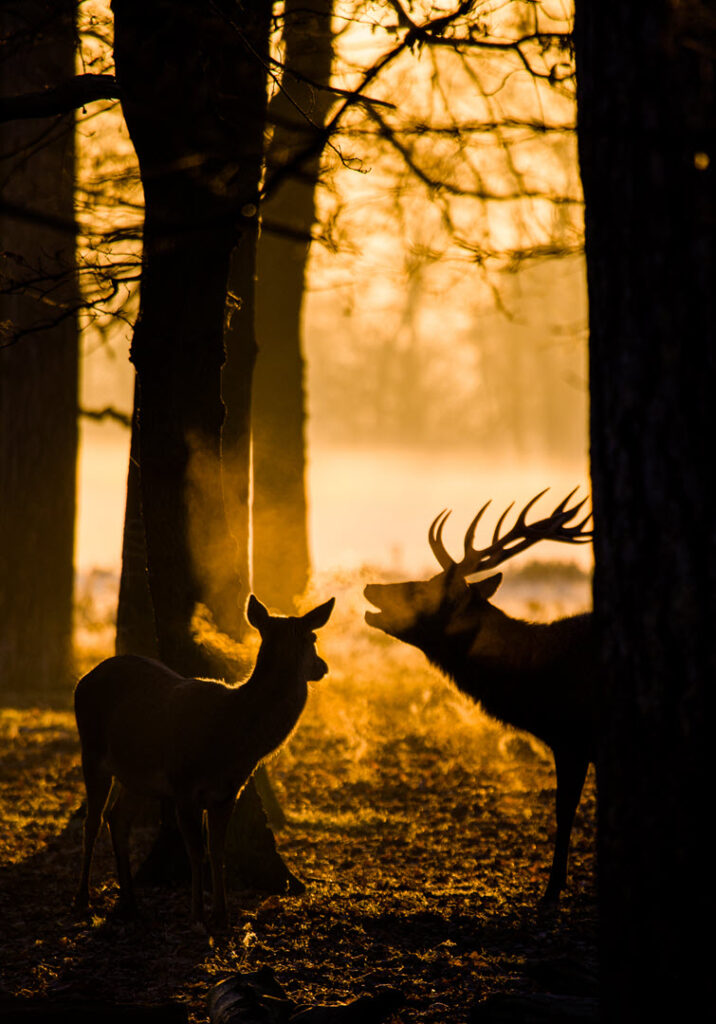
Assessing habitat connectivity and patterns of resource-use at the landscape scale: a case study on fallow deer (Dama dama) in North Wales –
PhD Student Owain Barton, Bangor University
Analysis protocols have been written for each of the three data chapters. So far, the analyses are progressing well with some interesting results emerging, particularly for chapter four, which focuses on daily activity patterns.
The early results suggest that deer activity is strongly influenced by biological season (rut, post-rut, birthing) and human disturbances, but it did not vary significantly in relation to COVID-19 lockdown restrictions. Together with chapters two and three, these results should provide a comprehensive picture of how spatial and temporal patterns of resource-use by the deer population are influenced by humans as well as key landscape features.
Analyses are expected to be completed in early 2022 for a midsummer thesis deadline.
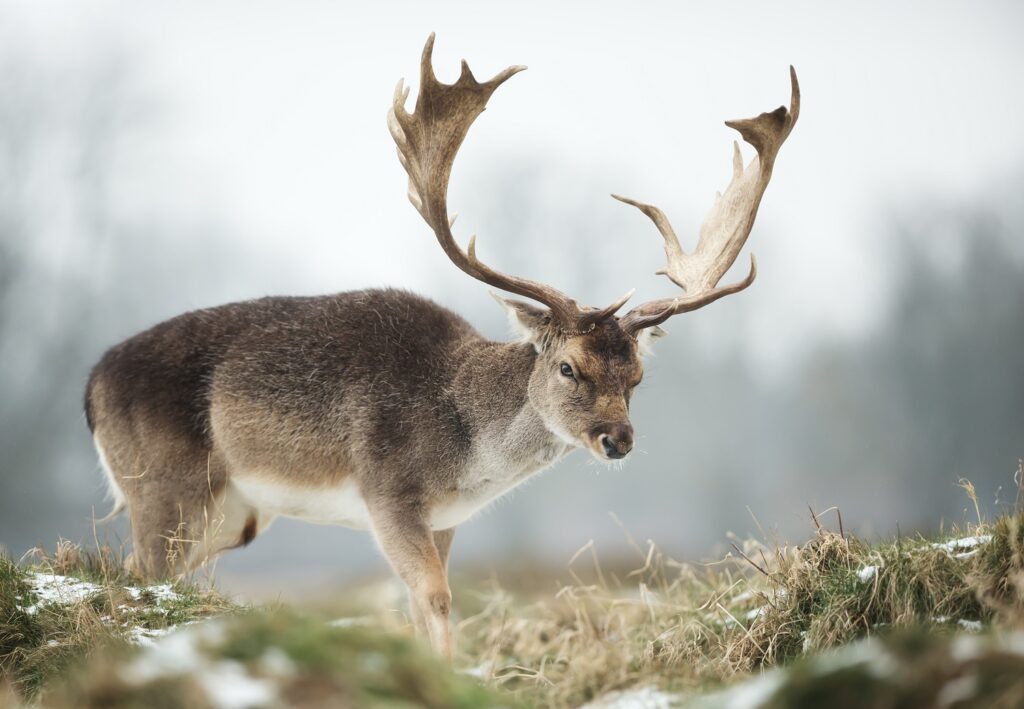
Using camera traps to quantify the effect of deer on woodland restoration –
Dr Elisa Fuentes-Montemayor, Scotland’s Rural College (SRUC).
In this project, we are conducting camera-trapping surveys in an existing network of woodland sites (a chrono-sequence of 106 woodland patches planted between 10-150 years ago across England and Scotland, forming part of the WrEN project).
Utilising extensive existing datasets from the WrEN project to
1) assess how local- and landscape-level attributes influence patterns of woodland use by deer;
2) quantify the impact of deer on woodland vegetation characteristics,
3) assess potential cascading effects on woodland biodiversity.
In total, the team have now surveyed 53 woodland sites and recorded nearly 30,000 animal ‘detection events’. The next step is to start surveys in 30 additional woodland sites in England in the summer of 2022.

Artificial feeding of wild fallow deer (Dama dama) in Phoenix Park: causes, effects, and solutions –
Dr Simone Cuiti, Assistant Professor of Wildlife Biology, University College Dublin with PhD student Laura Griffith.
This study has been exploring how cortisol levels, which represent stress in an individual, vary with select physiological and behavioural parameters using the resident fallow deer herd in Phoenix Park, Dublin as the model population.
Primarily, the ultimate goal is to see if or how this human contact impacts stress, and other aspects of health and fitness, within this population. It had previously been identified that certain tagged individuals experience higher levels of contact with Park visitors, who despite it being prohibited, often feed the deer recreationally leading to welfare concerns.
Three separate data collections were made and the samples were sent to the University of Veterinary Medicine, Vienna, for cortisol extraction. Structural Equation Models (SEMs) are being developed to look at the complex relationship between these cortisol levels, parasite loads, antler size, levels of contact with Park visitors, and mating success.
The ultimate goal is to see how these factors are affecting each other, and whether these combine to impact mating success.
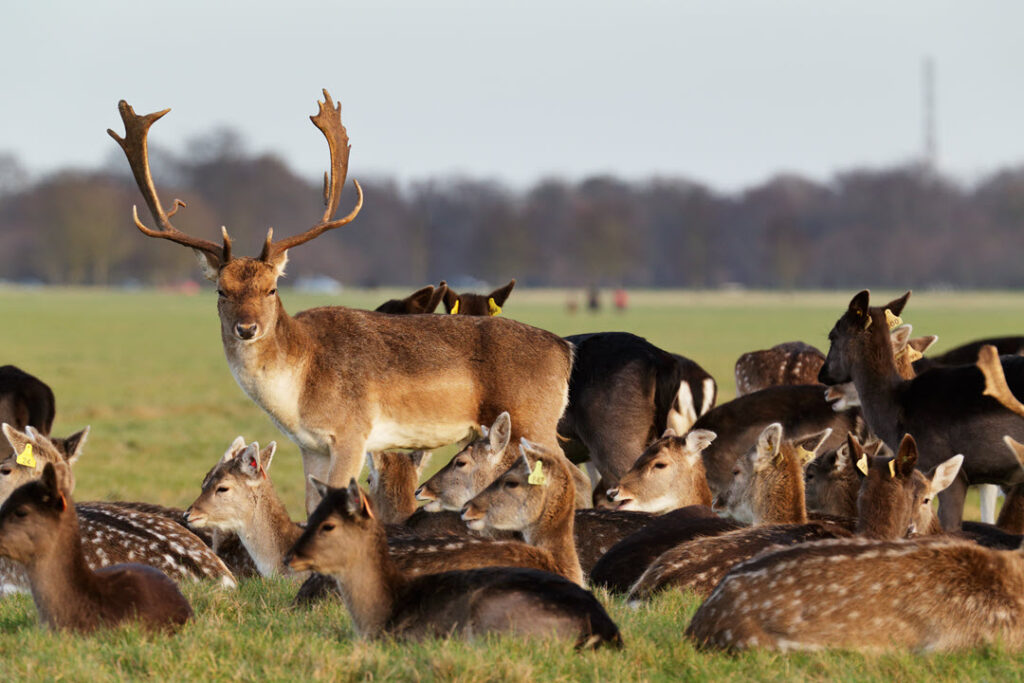
Holocene record of deforestation using collagen isotope ratios in roe deer from the UK –
Dr Darren Gröcke, Department of Earth Sciences, University of Durham.
During 2021 work progressed. A massive isotope database of deer data, throughout Europe, was compiled and European isoscape maps of deer isotope data for the Holocene was generated.
More isotopic data from modern roe deer samples in the UK was produced. Currently, archaeological deer samples provided by Dr Karis Baker are currently being processed for collagen extraction and then isotopic analysis.
To generate a greater understanding of modern roe deer isotopes in the UK, more samples will be required and in the future assistance requested from BDS members.
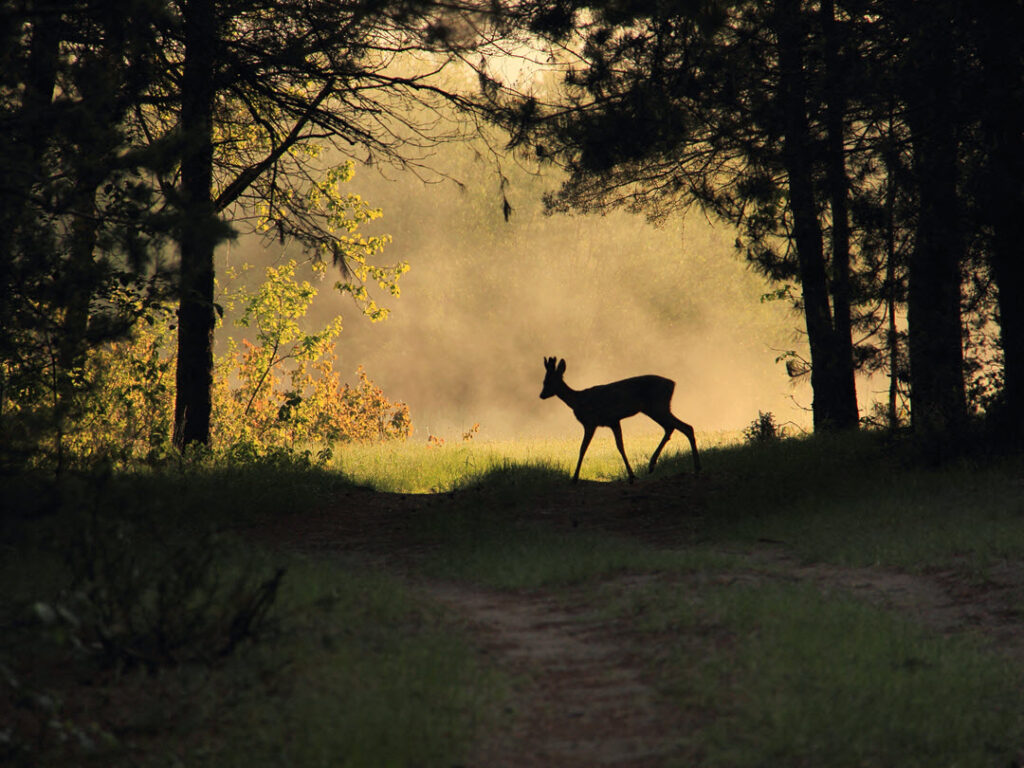
Assessing the scale of the impacts of disturbance on red deer –
Professor Phil Stephens, Durham University
Building on two previous pieces of BDS-supported work, this project involves collaboration with The James Hutton Institute and the University of St. Andrews.
The 2021 and 2022 field seasons continue this work, with the addition of GPS collared individuals that will allow an improved understanding of fine-scale movements, activity, and daily patterns. This will enable a fuller assessment of deer habitat use and distribution, as well as the scale and temporal duration of their responses to disturbance events.
The data collected by this project will provide quantitative data to inform the discussion around deer and recreation in Scotland, and any subsequent management priorities.
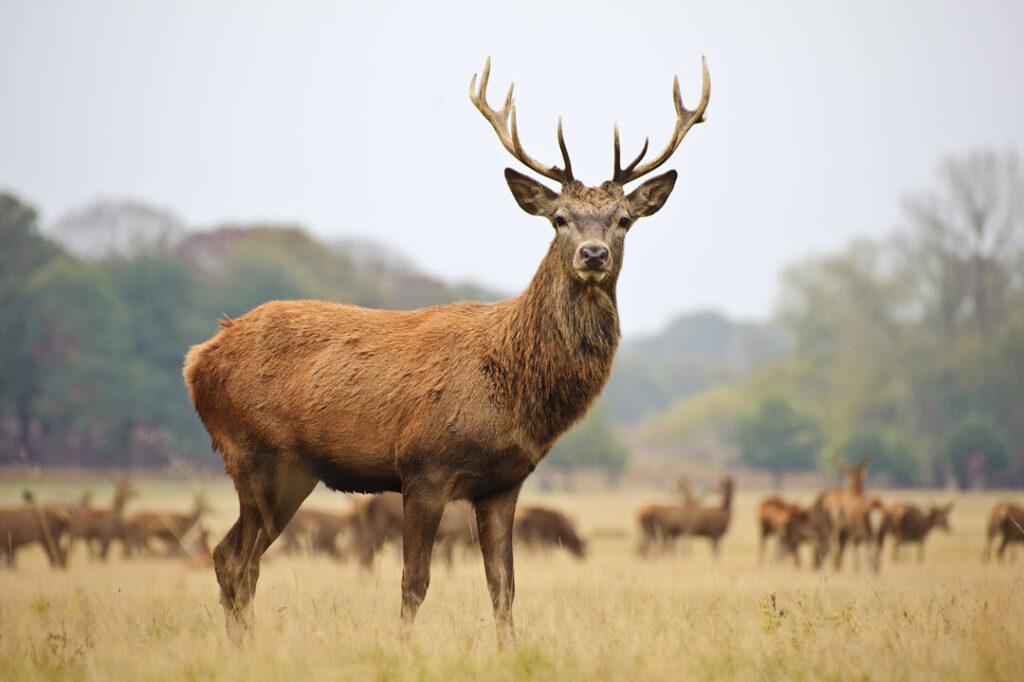
Rewilding Scotland: Dilemmas for wild deer management and the rural economy –
Professor Terence Dawson, King’s College, London
Starting in 2022, this project focuses on rewilding issues in Scotland.
Rewilding has gained significant interest in recent years as an emerging approach for the restoration and conservation of natural ecosystems. The successful implementation of a rewilding project requires committed local and regional stakeholder support although some aspects of rewilding have been criticised for its top-down approach to implementation and management.
A major contentious issue relating to rewilding in Scotland has been the removal or significant reduction of wild deer populations, through exclusion or eradication programmes. However, this approach has been challenged for creating unnatural ecosystems due to the important role deer play in maintaining important functions and processes in forest environments.
This project will evaluate the biodiversity impacts of deer management strategies in a rewilding project, together with social-economic impacts on rural communities relating to traditional field sports and ecotourism.





